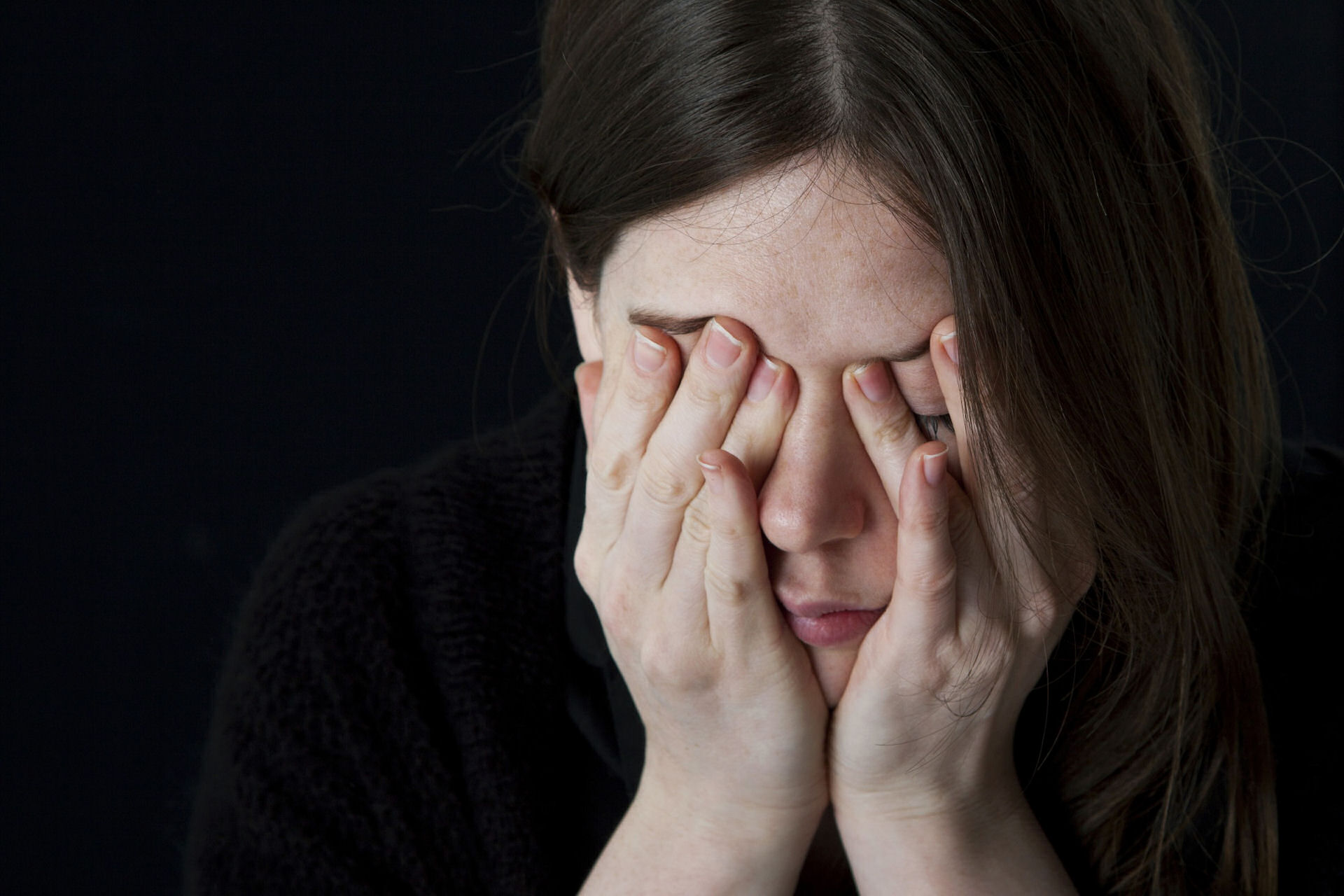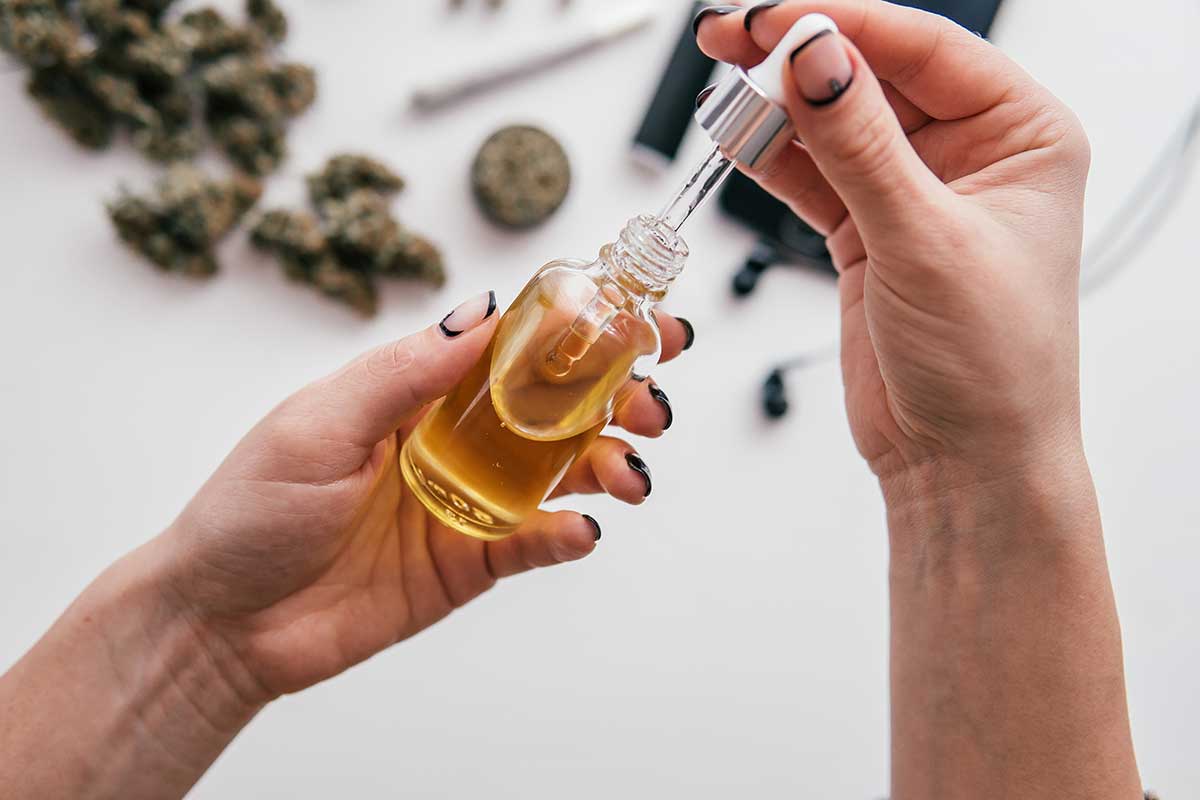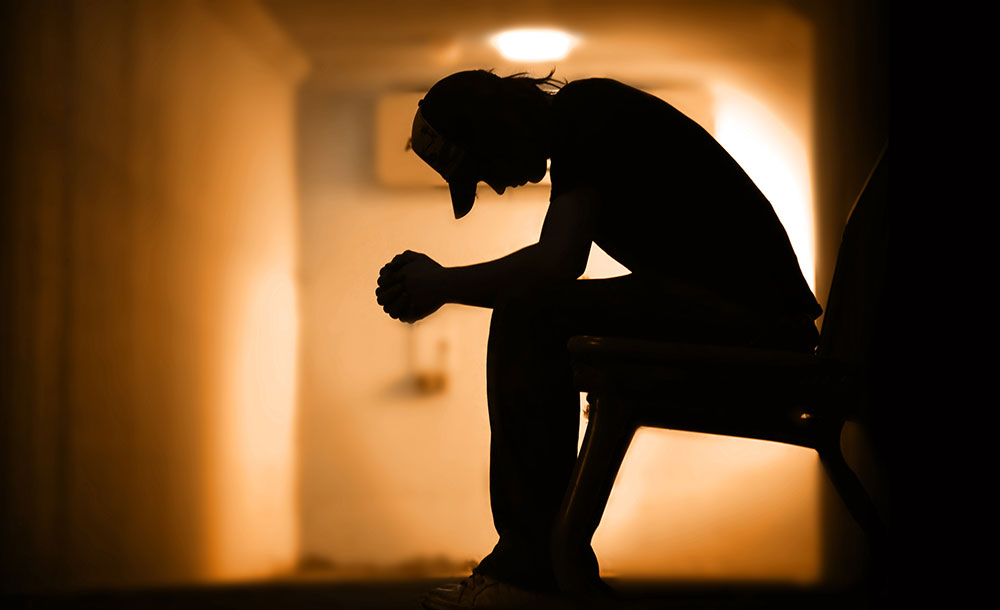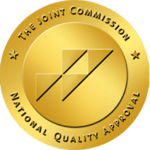While marijuana remains illegal at the federal level, all but six states have fully legalized it or approved it for medicinal purposes and decriminalized its use. The result has been a steady increase in the use of marijuana, especially in the younger population. With this increased use has come a surge in the popularity of dabs.
Dabs are a type of concentrated cannabis that is typically smoked using a pipe or bong. The drug is made by extracting the active ingredients from marijuana plants, producing a much more potent product. Dabbing has become increasingly popular in recent years, as users seek out stronger and more potent forms of cannabis.
While dabs may offer some potential benefits, they also come with a number of risks. Because the drug is so potent, it can be easy to overuse or abuse. Additionally, dabbing can lead to adverse effects like paranoia, anxiety, and dizziness. As such, it’s important to be aware of the risks before succumbing to this drug.
Dabs are bits of butane hash oil (BHO) containing highly concentrated THC levels, the psychoactive ingredient in marijuana. Consuming these high doses of THC contributes to increased tolerance and risk for dependency and addiction. Addiction treatment programs like those offered at Westwind Recovery® can help you or a loved one overcome marijuana addiction.
What Are Other Names for Dab Drugs?
Other street names for dab include:
- Earwax
- Honey oil
- Budder
- Shatter
- Wax
Dab drugs are concentrated versions of cannabis made by extracting THC from the plant. Dabs can be smoked, vaporized, or ingested. The THC concentration in dab drugs can range from 40% to 80%. This makes it one of the most potent forms of cannabis on the market.
Dab drugs have become increasingly popular in recent years, especially among younger people. A survey found that nearly 1 in 5 college students had tried dabbing at least once.
How Is Dab Drug Used?
Dab drugs are usually smoked using a glass pipe or bong. They can also be vaporized using a vape pen or e-cigarette.
The most common way to use a dab drug is to place a small amount on a heated surface, such as a nail or piece of metal, and inhale the vapors through a water pipe. This method is called “dabbing”.
Dabbing is considered to be more dangerous than other methods of cannabis consumption because it delivers a higher concentration of THC to the user. This can lead to an increased risk of developing psychotic symptoms, such as paranoia and delusions.
The Risks of Dabbing

Dabbing is a growing trend among young people who are using marijuana. “Dabbing” refers to the use of highly concentrated forms of marijuana, also called “wax” or “shatter.” These forms of marijuana can be as much as 99% THC, which is the psychoactive component in marijuana that causes the high.
While there has been little research on the effects of dabbing, what we do know is that it can be extremely dangerous. The high concentration of THC can result in a more intense high that can lead to anxiety, paranoia, and even psychosis. In addition, because dabbing involves inhaling vaporized chemicals, it can also put users at risk for lung damage.
If you or someone you know is using dabs, it’s important to get help. There are many resources available to those struggling with addiction, and getting treatment can be the first step on the road to recovery.
The Dangers of Dabs
Dabs are made through a chemical process that uses butane to extract THC oils from marijuana. In a nutshell, butane is forced through a container of marijuana where it acts as a solvent, separating the oils from the plant. The resulting product is called butane hash oil (BHO).
The butane is then allowed to evaporate, leaving behind the highly-concentrated oil that, when dry, becomes the dab. Butane is highly flammable, even when evaporated, so the production of dabs is hazardous and is comparable to the dangers of making meth.
The THC content of marijuana today is significantly more potent than it used to be, which is already a contributing factor to increases in dependency and addiction. Regular marijuana averages about 12-15% THC, with the most potent strains being around 25%.
Comparatively, the THC content of dabs averages 80%. Proponents of dabbing argue that it is better than regular marijuana use because you can use much less to achieve the desired effects. In actuality, the concentrated doses of THC result in higher tolerance, dependency, and risk for addiction.
Dabs need to be heated to extreme temperatures to produce the vapor inhaled to get high, leading to the risk of severe burns. Other dangers of dabbing include:
- Inhalation of toxic compounds
- Rapid heartbeat
- Blackouts
- Loss of consciousness
- Paranoia or hallucinations
- Withdrawal symptoms
While dabs are mainly smoked, they also can be added to food or beverages. When consumed as edibles, they become even more potent. Overall, it is dangerous to assume that dabbing carries no more risk than regular marijuana use.
What Are the Effects of BHO?
The effects of dabbing BHO depend on the THC concentration. High THC concentrations can produce an intense high that can be overwhelming, especially for first-time users. The high from dabbing BHO is typically shorter than the high from smoking marijuana, lasting only a few minutes to an hour. But because the THC concentration is so much higher, the effects of dabbing BHO can be more powerful and intense.
Dabbing BHO can also lead to side effects such as anxiety, panic attacks, paranoia, and delusions. If you experience any of these side effects, it’s important to seek medical help immediately.
BHO is also known to be highly addictive and can lead to tolerance and dependence. If you or someone you know is struggling with a BHO addiction, there are treatment options available. Treatment for BHO addiction typically includes behavioral therapy and counseling.
If you’re considering using BHO, it’s important to be aware of the risks. Make sure to talk to your doctor or a professional about the potential risks before you succumb to this drug.
Substance Abuse Treatment for Cannabis Use Disorder
The common belief that marijuana is not addictive is false. While marijuana dependency or addiction does not carry the risk of overdoses like alcohol or other drugs, it is not without consequences. Signs that you might have a cannabis use disorder can include:
- Continuing to use marijuana despite negative consequences
- Inability to fulfill responsibilities because of marijuana use
- Inability to cut down or stop using
- Consistently using more than you planned
- Avoiding activities because of marijuana use
- Increased tolerance
- Experiencing withdrawal symptoms when not using
Many people contend that smoking pot does not have adverse effects, but research indicates otherwise. Some of the negative short-term effects of marijuana use include impaired short-term memory and motor coordination, altered judgment, respiratory issues, and increased heart rate. Heavy marijuana use, as with regular dabbing, can have long-term effects, such as
- Altered brain functioning
- Verbal memory loss
- Anxiety or depression
- Poor quality of life
- Low motivation
- Dependency or addiction
Marijuana is frequently used in conjunction with alcohol and other drugs. If you dab while drinking or using other drugs, you significantly increase the risk for adverse reactions. If you suspect you have a marijuana dependency or addiction, substance abuse treatment is available at Westwind Recovery®.
Dab Abuse and Withdrawal Symptoms
Dabbing can lead to a number of unpleasant and even dangerous side effects. Some of the most common side effects include
- Psychosis
- Anxiety
- Paranoia
- Hallucinations
- Aggression
- Violence
If you or someone you know is struggling with dab abuse, it’s important to get help as soon as possible. Many resources are available to those struggling with addiction, and getting treatment can be the first step to recovery.
What Is the Withdrawal Process for Dab Drugs?
Medically assisted detox can help reduce the severity of withdrawal symptoms and make the process more comfortable. After detox, you’ll typically participate in a residential treatment program that lasts 30 days or more. This will give you time to heal mentally and emotionally from your addiction. Treatment will involve behavioral therapy, group therapy, and individual counseling. You’ll also have the opportunity to participate in sober activities and learn new coping skills.
Dab drug addiction is a serious problem that requires professional treatment to overcome. If you or someone you know is struggling with an addiction to this drug, please reach out for help. Many resources are available to those who need them, and treatment can make all the difference in recovery.
Westwind Recovery® Provides Quality Substance Abuse Treatment
If you are ready to seek treatment for your drug or alcohol use, look no further than Westwind Recovery® in Los Angeles. Well-known for our innovative programs, we offer a wide range of holistic and evidence-based therapies aimed at treating the body, mind, spirit, and soul. At Westwind Recovery®, we help clients rediscover who they truly are and provide them with the tools to live a healthy, fulfilling life in recovery. Call us today to learn more.

Dr. Deena is the Chief Clinical Officer of Westwind Recovery®, an award-winning outpatient treatment center in Los Angeles where she oversees the clinical and administrative program and treatment methods. Dr. Deena is a doctor of psychology and licensed clinical social worker since 1993. LCSW #20628. Originally from the East Coast, Dr. Deena has worked running treatment centers, worked as a therapist in psychiatric hospitals as well as school settings and currently has a thriving private practice in the LA area. Dr. Deena has appeared regularly on the Dr. Phil Show as an expert since 2003. She has also been featured on many other TV shows, podcasts and has contributed to written publications as well as podcasts.





